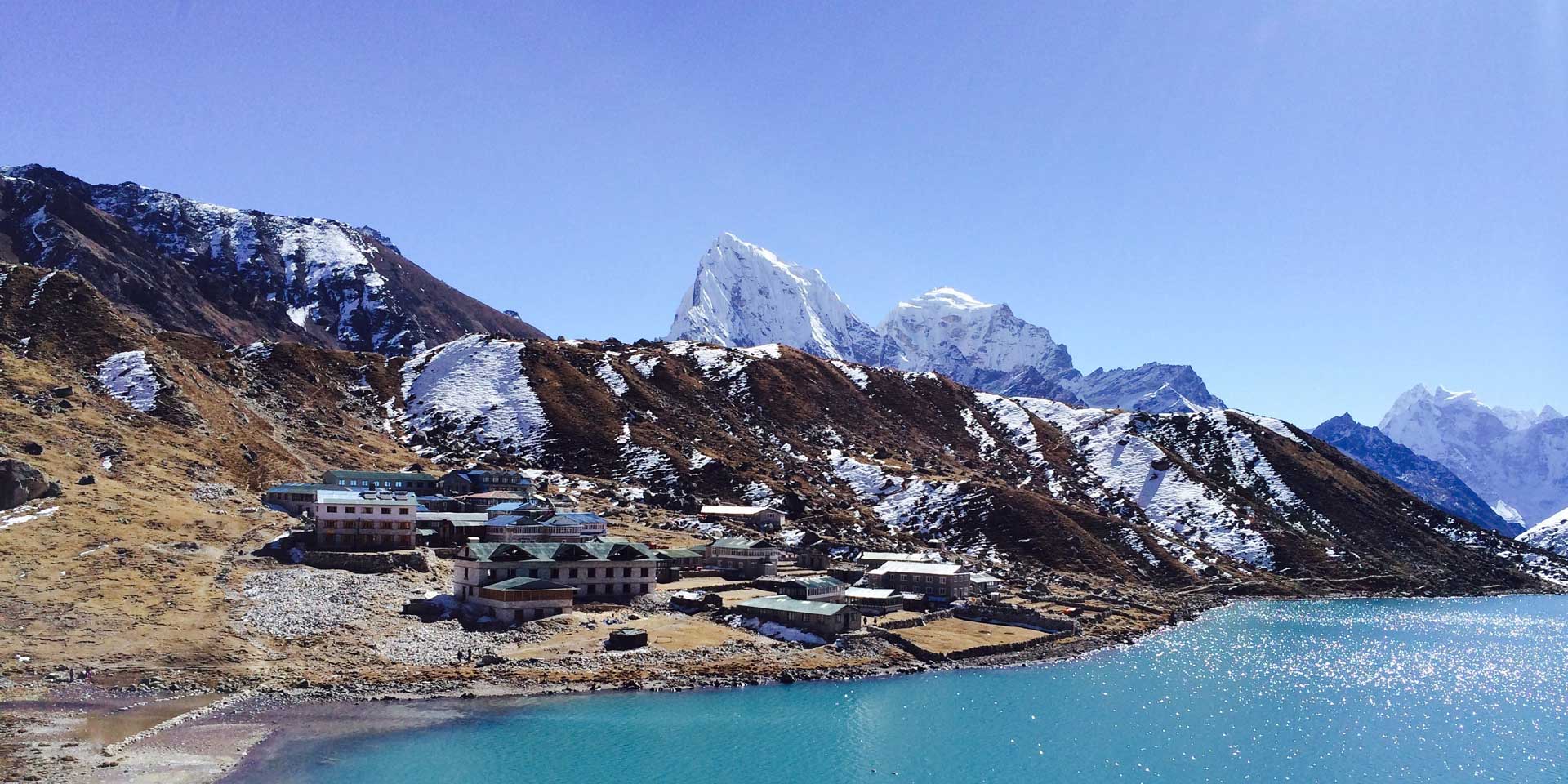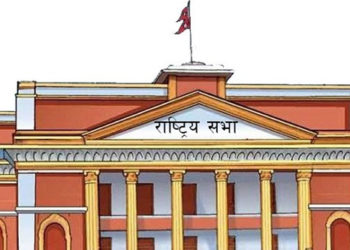KATHMANDU: Nepal’s tourism industry has experienced a significant decline following the government’s imposition of restrictions on major tourist destinations, citing concerns over China’s security interests.
The government has designated specific areas within five Himalayan districts as prohibited zones. Foreign tourists intending to trek in these areas are required to obtain trekking permits for a limited duration, pay a prescribed fee, known as “salami customs,” and adhere to certain conditions.
The restricted areas include the upper portion of Mustang district, the upper part of Dolpa district, the Chum and Nubi valley in the Manaslu region of Gorkha district, select locations in Simkot, Chankheli, and Namkha Rural Municipality in Humla district, and the Kanchenjunga area in Taplejung district.
Foreign tourists wishing to explore the upper section of Mustang district are obliged to pay a flat fee of $500 per person for a 10-day visit. If their stay exceeds five days, an additional charge of $50 per person per day applies.
Similarly, visitors to the upper part of Dolpa district are subject to the same $500 fee for a 10-day visit, with the daily overstay rate of $50 per person.
For those wishing to explore the Chum and Nubi Valley in the Manaslu region of Gorkha district, the charges are $100 per week from September to November.
Staying longer than a week incurs a fee of $15 per person per day. Between December and August, the weekly fee is reduced to $75, with an extra $10 per person per day for stays exceeding a week.
Travelers desiring to visit specific areas in Simkot, Chankheli, and Namkha Rural Municipality in Humla District must pay a $50 fee per person for a week. For longer stays, an additional charge of $10 per person per day, for up to one week, is applicable.
Those interested in exploring the Kanchenjunga area of Taplejung district are required to pay $20 per person per week for up to four weeks. For visits exceeding four weeks, a $25 fee per person is imposed.
While these areas are popular among tourists, the complex and costly process has led to a decline in tourism activities.
The government’s decision to restrict these regions comes in response to concerns raised by China regarding the potential infiltration of Western and American spies posing as tourists.
China fears that such individuals may engage in unwanted activities in the self-governing region of Tibet through Nepal. Unfortunately, this move has adversely impacted the tourism industry in these areas.
Although tourism is a significant source of revenue for Nepal, it is currently suffering the repercussions of designating these tourist destinations as prohibited zones at the request of China.
Despite various calls to reconsider the restrictions, concrete actions have yet to be taken.
Tourism Minister Sudan Kirati also expressed his concern about the discomfort experienced by foreign tourists due to the existence of prohibited zones.
He emphasized the importance of amending outdated tourism laws and addressing the negative implications of double airfare for tourists.
During a special program commemorating the golden jubilee of the Nepal Mountaineering Association, Minister Kirati asserted that Nepal’s prosperity relies on tourism.
He highlighted the urgent need to protect the Himalayan region from the rapid effects of climate change, preventing the mountains from turning into barren stone.
Minister Kirati also emphasized the importance of waste management in the Himalayas, urging all stakeholders to take action to preserve the region’s cleanliness.
He noted the negative publicity associated with “fake rescues” in the Himalayan region and called for serious consideration from both private and government sectors to address this issue.









Comment